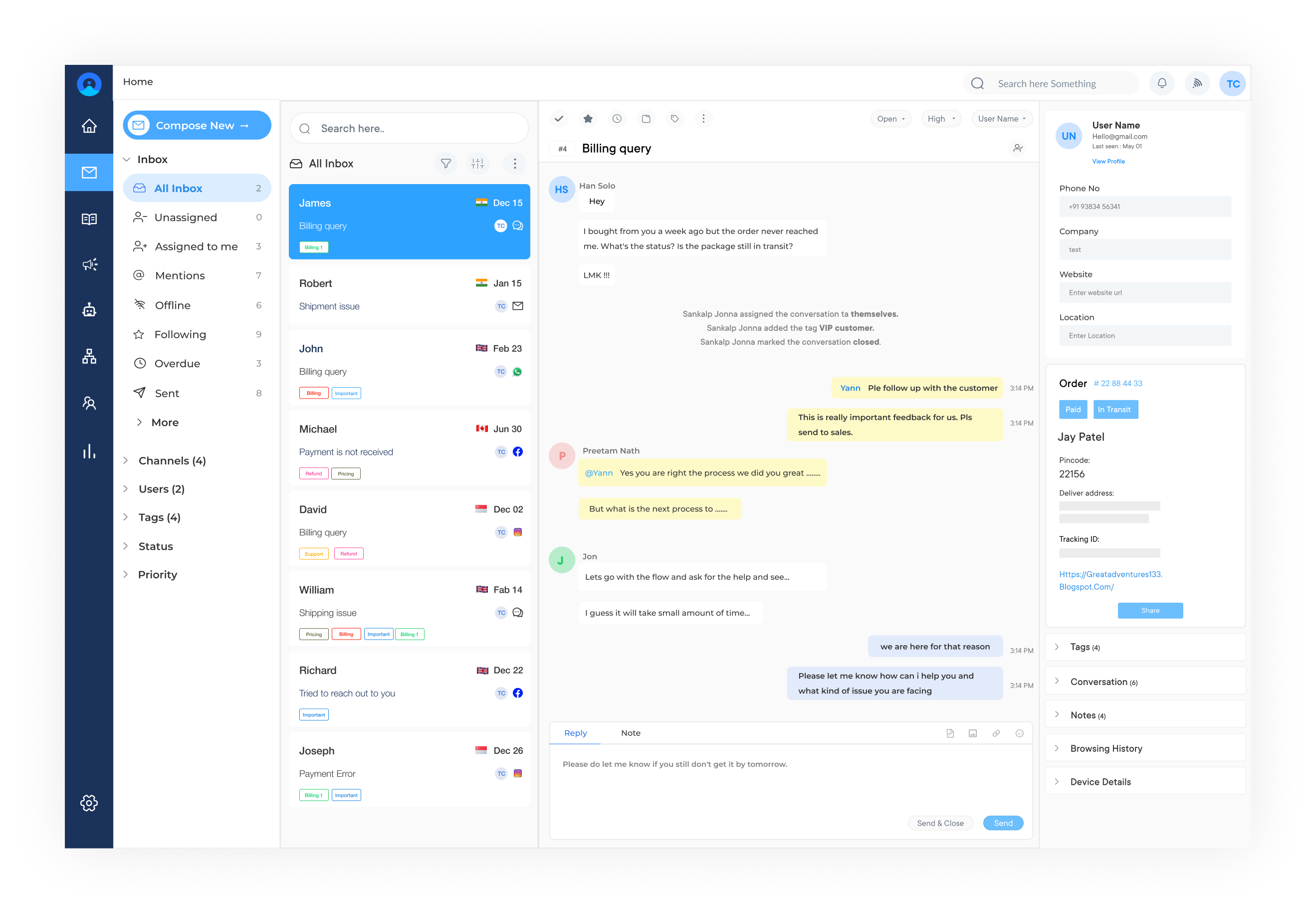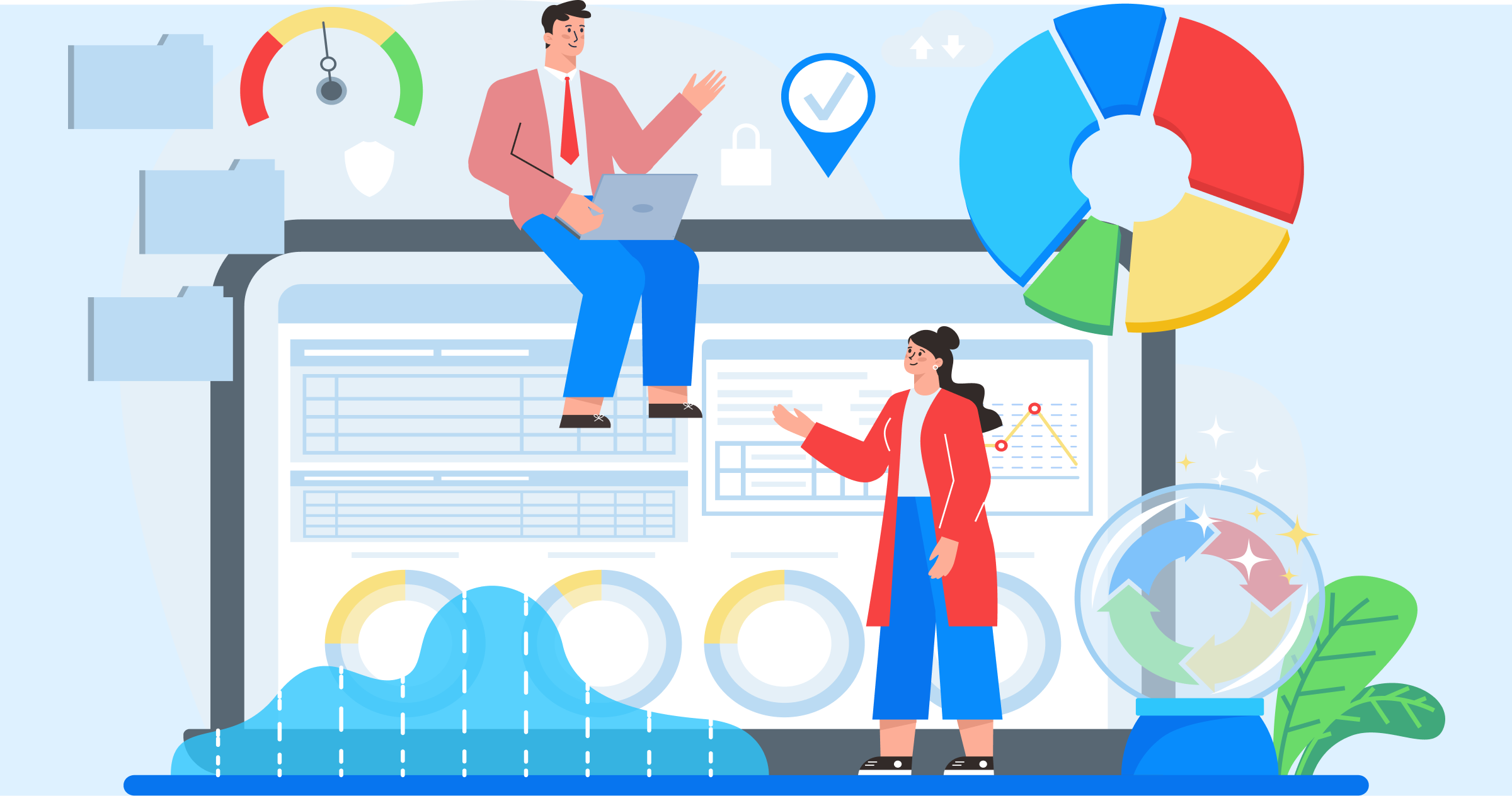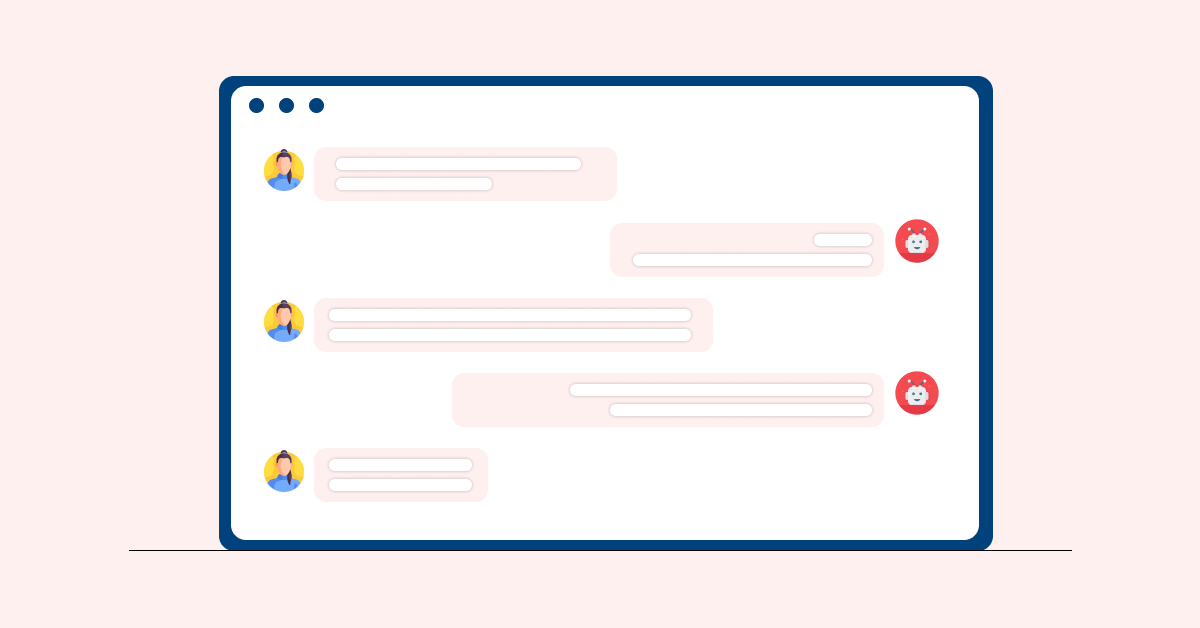- Identify the different types of customers you have because each group has particular needs and expectations that require personalized approaches.
- Make sure to look at basic demographic information as well as psychographic information such as interests, lifestyle, beliefs and attitudes.
Understanding the differences between your customer’s profiles, you can use the insights in tailoring marketing activities that will align with their needs better, delighting them and increasing lifetime value (LTV).
Best practices:
- Identify a specific target audience, which will help you create content that’s relevant to your customers. The easiest way to define your target audience is to create buyer personas.
- For creating the profiles make use of existing customer data, anecdotal observations, industry research etc.
2. Analyze Your Existing Customer Data
Analyzing your existing customer data is just as important as understanding your customer profile in order to effectively manage their journey through the lifecycle.
Analyzing key performance metrics such as purchase history over time, average order duration, response rates, etc. will help you determine how much value each type of customer contributes to your business. In addition to gauging performance, analyze how successful your current campaigns are in achieving their desired objectives by looking at ROI and other important measures so you can adjust or optimize them as necessary.
Utilizing technological tools such as segmentation and analytics based on specific criteria (location/channel/time period) are helpful in extracting insights from data points so you can optimize your efforts for each type of customer profile accordingly.
Best practices:
- Capture the data that you need and get clear on what outcomes are needed.
- Identify the right KPIs that are important to your business objectives.
3. Adopt Automated Chatbots without Losing Human Touch
The customer lifecycle has evolved significantly in the past few years and businesses are increasingly adopting automated technologies to make the customer experience more efficient.
According to Gartner, chatbots will become the primary customer service channel for roughly a quarter of organizations.
Deploying chatbots can help businesses in customer life cycle management and drive business revenue as well.
- Automated chatbots can interact with customers in real time, efficiently and cost-effectively without sacrificing your personal touch.
- Leveraging customer service bots, you can also collect valuable data on each customer’s preferences, which can be used for future offers and promotions.
Best practice: It is recommended to utilize a combination of both automated chatbot technology and human support can help you reach customers faster as well as provide them with timely resolutions to their problems.
4. Develop Long-Term Loyalty Strategies & Offers
Achieving long‐term customer loyalty requires developing an effective loyalty program tailored to the needs of each individual customer segment or segmented group. To retain customers and entice them to stay with their brand, companies have turned to the prospect of loyalty rewards.
54% of consumers say that they would consider doing more business with a company for loyalty rewards.
- Consider creating special loyalty programs for frequent flyers such as airline miles, reward points for repeat customers, or discounts on specific products for returning customers.
- Leveraging these tactics will help retain existing customers while also improving sales. Additionally, stay engaged with customers by offering events or periodic promotions that incentivize them to return in the future.
Note: Build strong relationships with your best-performing clients so they continue to prefer your business over time.
Best practices:
- Make the loyalty reward programs easy to join and fast.
- Consider text-to-join platforms
- Avoid cards and apps
5. Make Every Interaction a Frictionless Experience
To effectively manage the customer lifecycle process, it is essential to make sure that each customer experience is as unobtrusive and effortless as possible.
It means ensuring all interactions are enjoyable, whether it’s through an automated customer support tool or in-person contact. Offering personalized experiences show your customers you care about them, making them more likely to stay engaged with your business.
Best practice: Deploy technologies such as AI chatbots, live chat to help provide a more efficient and engaging experience for customers.
6. Measure Customer Retention & Satisfaction Rates
As part of managing the customer lifecycle strategy, it is important to track the satisfaction rates for customers regularly. Knowing how satisfied current users are helps companies understand which areas need improvement when interacting with customers, so policies can be implemented or improved upon to ensure successful customer retention and future success.
Surveys and feedback forms can give an accurate impression of how customers feel about your product or service.
Brands should also keep track of key performance information like license renewals as well as time spent using your product/service to gauge loyalty levels among prospects and current customers alike.
Best practices:
- Identify the key metrics and KPIs based on your business objectives to measure customer retention and satisfaction rates.
- Measure the KPIs on a regular basis to understand the gaps of improvement.
Customer Lifecycle Management Stages
Customer Lifecycle Management (CLM) encompasses all the activities involved in influencing customer behavior throughout the customer lifecycle stages.











